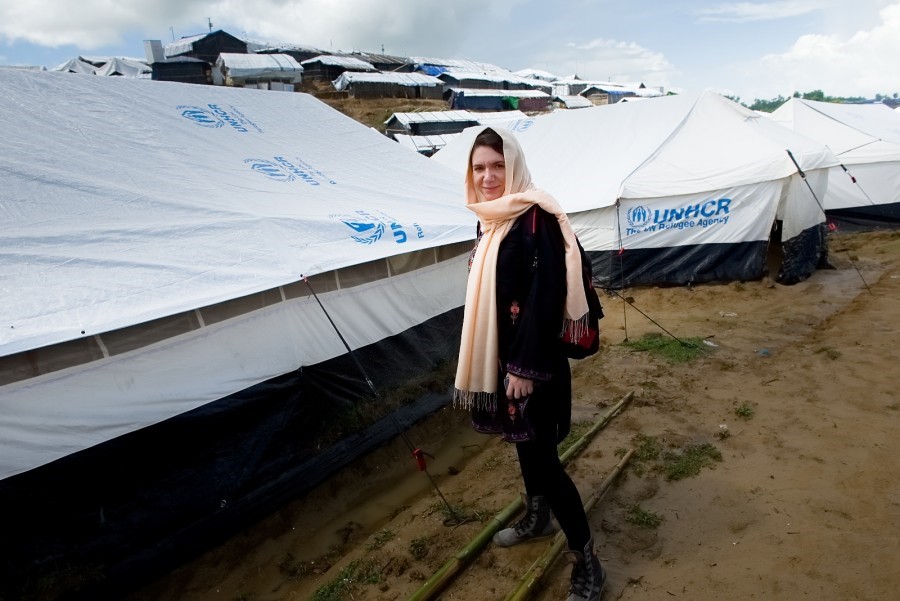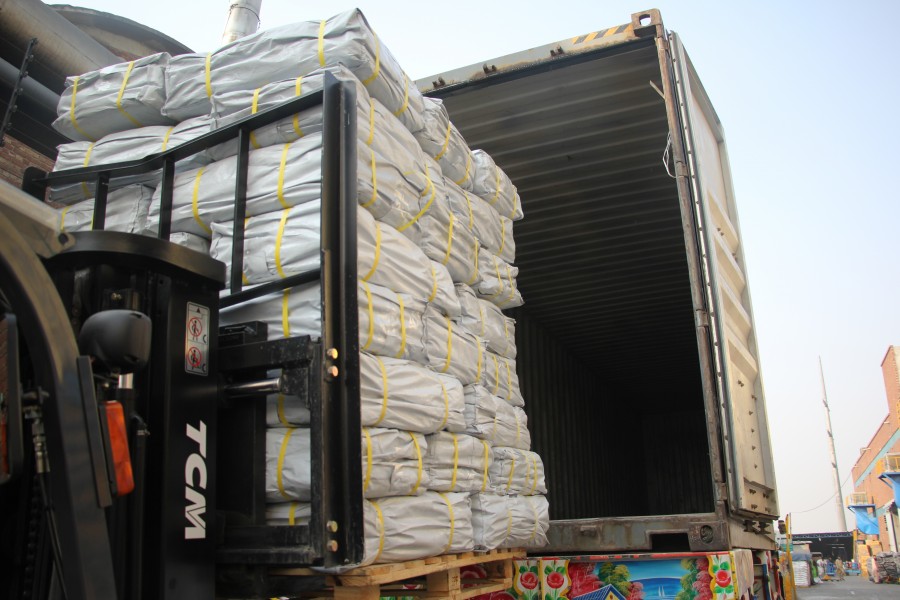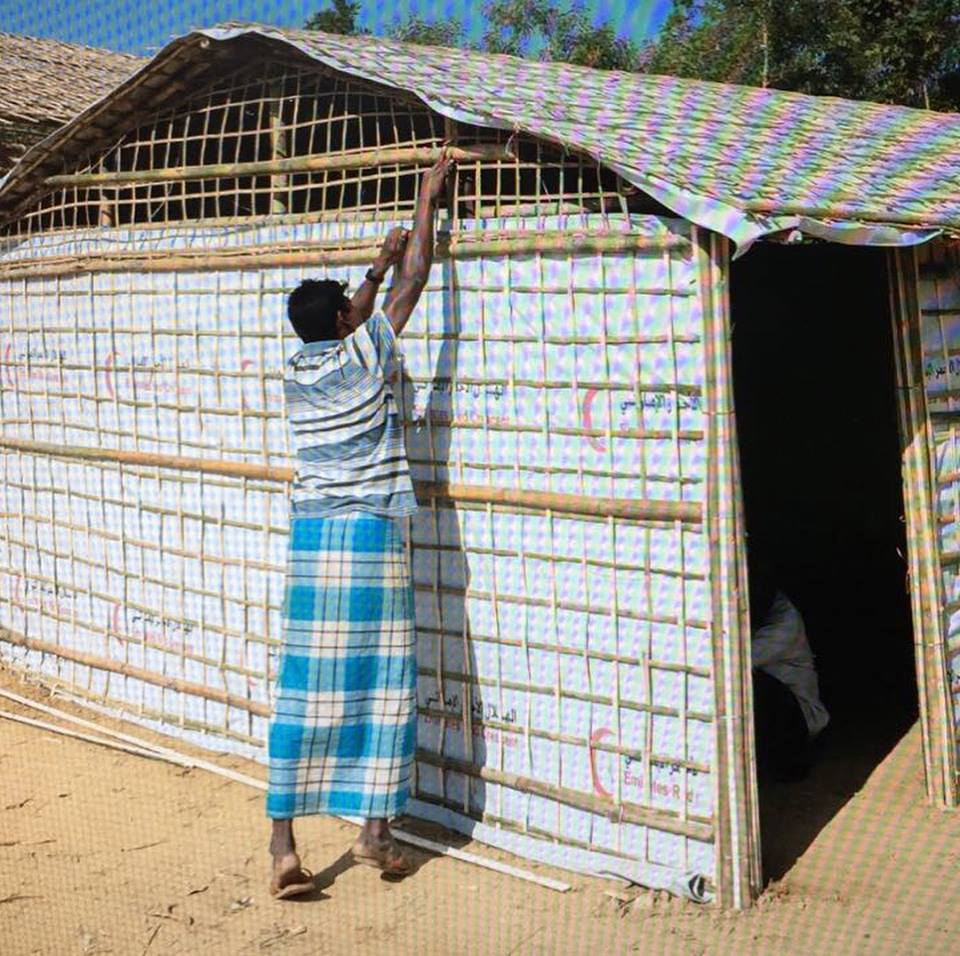Bangladesh
The Rohingya refugee emergency is possibly the most recent example of ethnical genocide in modern history. Once a small community residing on the western coast of Myanmar, the Rohingya population were forced to flee to neighboring Bangladesh due to targeted violence and human rights violations since August 2017. Many walked for days to reach safety.
Country at a glance
The forced displacement of the Rohingya minority from Myanmar to Bangladesh of the past 18 months has created the largest and most congested refugee settlement in the world in Cox’s Bazar district. Even though the Bangladesh government has responded generously to this crisis, the large and immediate influx on people has put great pressure on their villages and already limited resources.
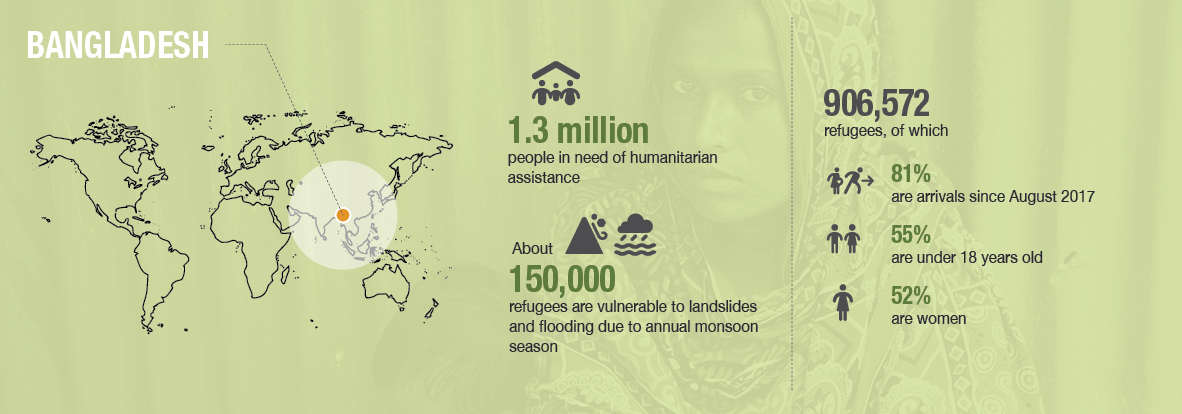
According to the UN Refugee Agency, the biggest threat today is “an emergency within an emergency”, meaning that the lack of basic services, sanitation and infrastructure combined with the looming monsoon season will have life-threatening diseases and natural disasters, such as landslides and flooding, as a consequence.
The deployment of appropriate shelter solutions is imperative to appease the effect of overcrowding and heavy storms. Joint efforts from various sectors of the humanitarian supply chain and increased funding to aid organizations are imperative to face this challenge.
Our response
Since September 2017, over one million core relief and health items manufactured by NRS International have been supplied to Rohingya refugees through a variety of international aid organizations, including UNHCR, IFRC and Oxfam.
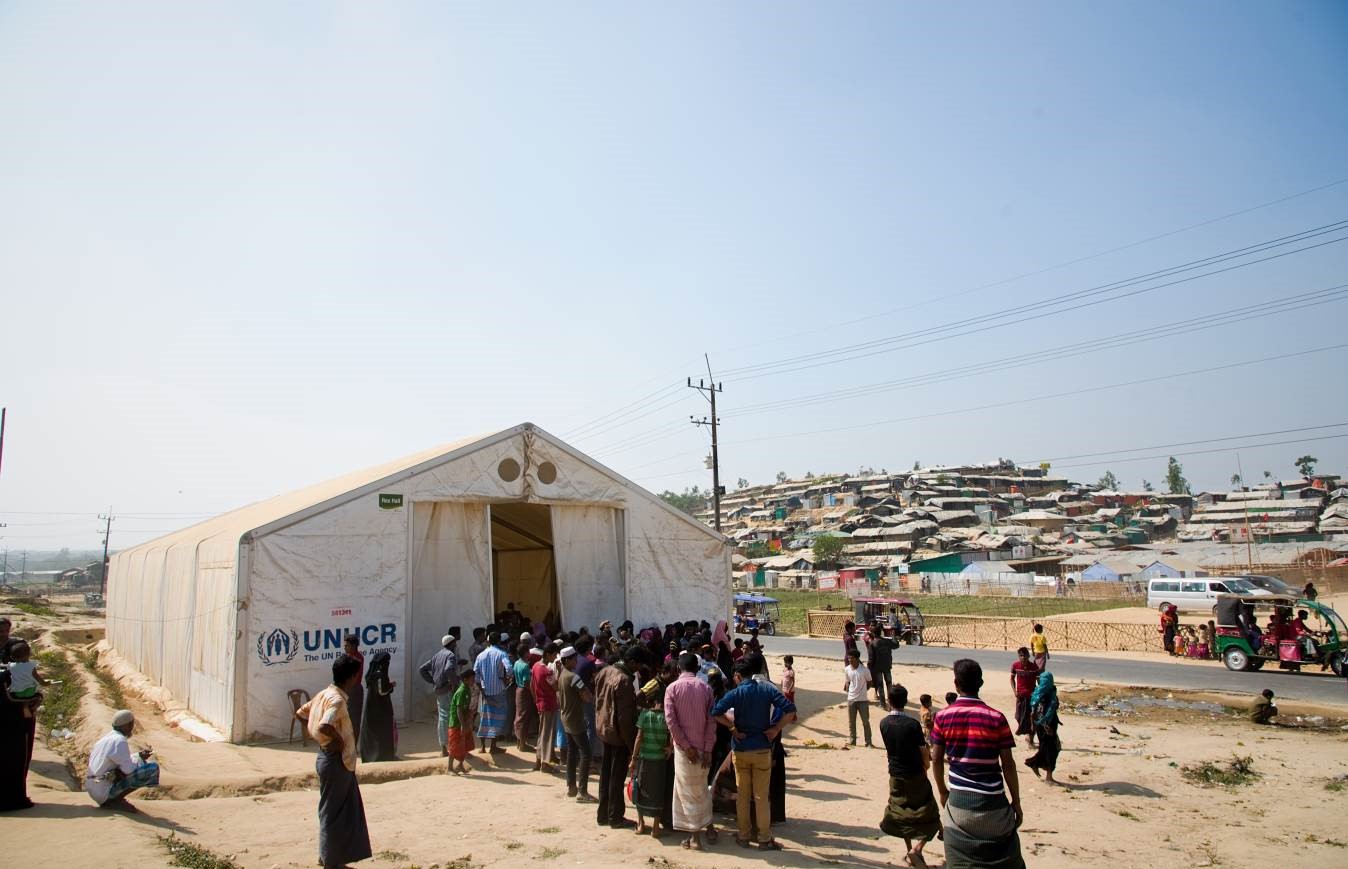
Two months after the main exodus, our team members visited Cox’s Bazar to assess the needs of aid organizations and beneficiaries on the ground. We identified the crucial need for high-quality plastic sheeting to ensure a safe, dignified living space for the displaced, acknowledging the area is prone to heavy rains and floods. The evident lack of quality, fit-for-purpose tarpaulins was clearly compromising the very basic living conditions of the affected community. We believe we have the responsibility to share the message that quality means appropriate assistance and effective response.
We have effectively supplied quality life-improving products to the displaced Rohingya population through our Rapid Response Strategy (RRS), which has a four-pronged approach:
- Formation of 24/7 rapid response taskforce
- Field assessments
- Logistical support
- Building community resilience.
This strategy has proven to be successful during emergencies, leveraging the combination of quick logistics with locally obtained situational understanding and partnerships. Field assessments are essential to better comprehend how we can optimize our intervention, learn about the challenges encountered by the organizations in field and to identify the best logistics solutions to facilitate the supply chain. See breakdown of core relief items supplied to Bangladesh during 2017-2018 reporting period below:
- 485,000 tarpaulins
- 100,000 blankets
- 30,000 LLINs
- 5,000 tents
- 301,000 sleeping mats
- 149,000 water containers.








